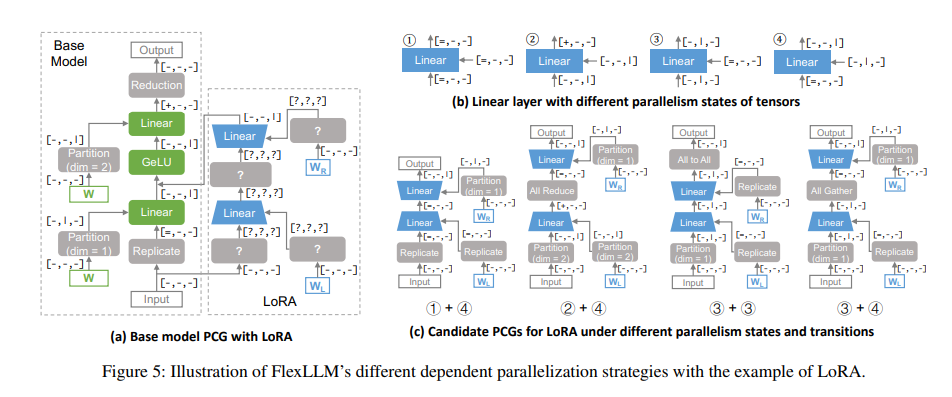In artificial intelligence, the rise of large language model (LLM) development has significantly transformed the way machines understand and generate text, mimicking human conversation with remarkable accuracy. These models have become an integral part of various applications, including but not limited to content creation, automated customer support, and language translation. However, the implementation of these models in practical scenarios is hampered by their colossal size, often comprising billions of parameters, making their tuning for specific tasks computationally expensive and technically challenging.
A novel approach has been developed that seeks to refine the LLM adjustment process without the need for large computational resources. Traditional methods involve updating a substantial portion of the model parameters, requiring significant memory and processing power. In contrast, the latest methodologies focus on tuning only a small subset of parameters, thus reducing the computational burden. This technique, known as parameter efficient tuning (PEFT), has paved the way for more practical applications of LLMs by making the tuning process faster and more accessible.
Researchers at Carnegie Mellon University and Stanford University have introduced an innovative system called FlexLLM. This system is designed to streamline the simultaneous handling of LLM and PEFT inference tasks on shared computing resources. FlexLLM takes advantage of the inherent complementary nature of these tasks to optimize resource utilization, showing a significant jump in efficiency compared to traditional methods that treat these tasks separately.
The FlexLLM architecture is supported by two main innovations: a token-level tuning mechanism and a set of memory optimization strategies. The token-level approach breaks down the adjustment calculation into smaller, more manageable units, allowing parallel processing of multiple tasks. This granularity reduces the overall memory usage required to make adjustments and speeds up the adaptation of LLMs to new tasks without compromising performance. Memory optimization further improves this efficiency by implementing techniques such as graph pruning and dependent parallelization, which minimize the memory overhead associated with maintaining model states during the tuning process.
As demonstrated in preliminary evaluations, FlexLLM's performance marks a significant advance in the field. FlexLLM maintained more than 80% of its peak tuning performance in scenarios characterized by large inference workloads, a feat that existing systems do not achieve. This efficiency translates into improved GPU utilization for inference and tuning tasks, showing FlexLLM's ability to address the challenges posed by the resource-intensive nature of LLMs.

FlexLLM not only represents a technical advance in optimizing LLM implementation, but also promises to expand the accessibility and applicability of these models in various domains. By significantly reducing the barriers to perfecting LLMs, this system opens new avenues for innovation and research, allowing more entities to harness the power of advanced natural language processing technologies.
In conclusion, the development of FlexLLM addresses a critical bottleneck in LLM implementation by offering a more resource-efficient framework for its tuning and inference tasks. This system improves computational efficiency and lays the foundation for the future expansion of LLM applications, taking full advantage of the potential of artificial intelligence to imitate and understand human language.
Review the Paper. All credit for this research goes to the researchers of this project. Also, don't forget to follow us on Twitter and Google news. Join our 38k+ ML SubReddit, 41k+ Facebook community, Discord channeland LinkedIn Grabove.
If you like our work, you will love our Newsletter..
Don't forget to join our Telegram channel
You may also like our FREE ai Courses….
![]()
Sana Hassan, a consulting intern at Marktechpost and a dual degree student at IIT Madras, is passionate about applying technology and artificial intelligence to address real-world challenges. With a strong interest in solving practical problems, she brings a new perspective to the intersection of ai and real-life solutions.
<!– ai CONTENT END 2 –>
 NEWSLETTER
NEWSLETTER





